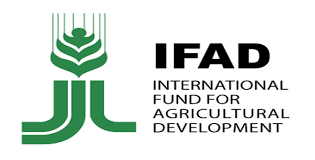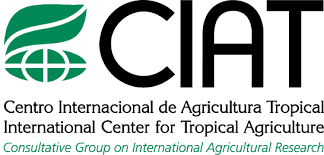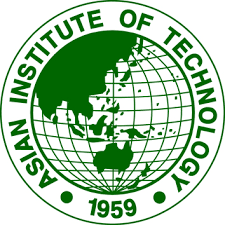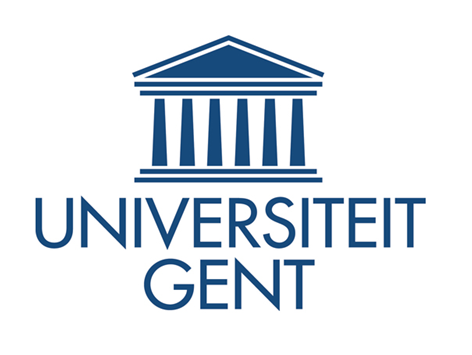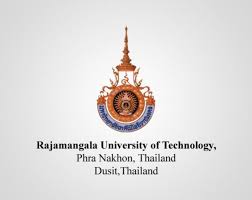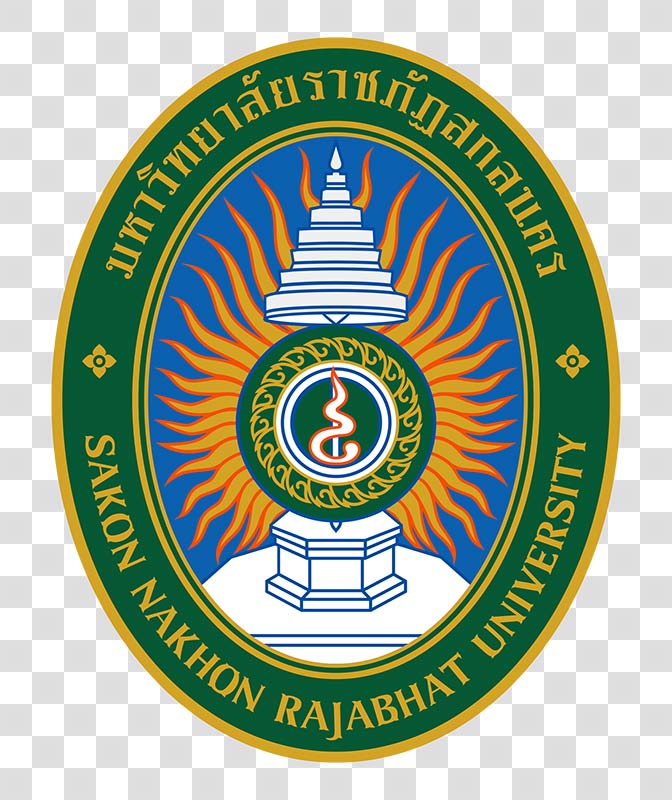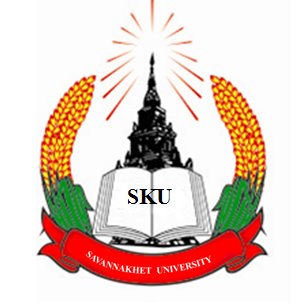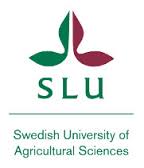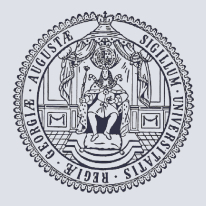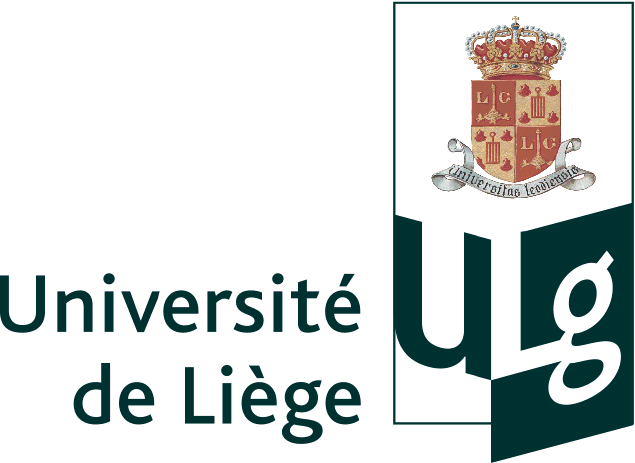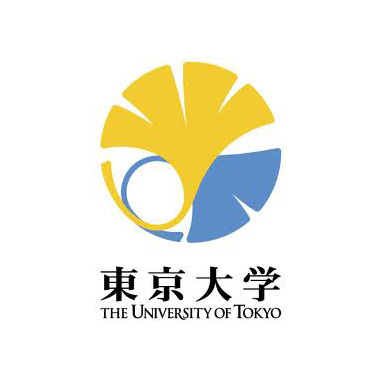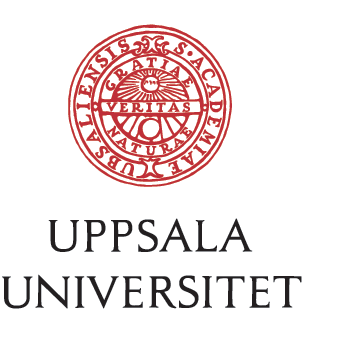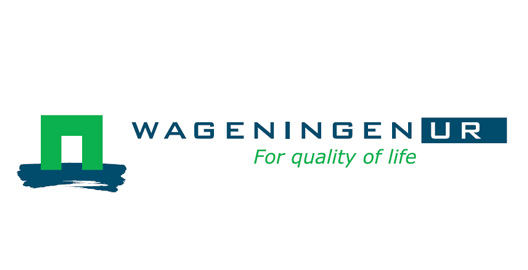Research on application of the technique of Shifting assay of Standardized Indirect Agglutination (SSIA) in detection of rabies infection in animals
Testing on the repeatability of the SSIA performance with both rabies vaccine-added antigen-positive and rabies-negative saliva samples diluted in negative saliva fluids as the reaction diluents parallel with the same both samples diluted in physiological solution showed the method reliable, as all 55 samples of rabies antigens (vaccine) diluted in both physiological solution and in normal dogs’ rabies-negative saliva fluids demonstrated the same negative reactions (100% sensitivity) and all 55 negative saliva samples diluted in the pair of the liquids showed the same negative reactions (100% specificity).
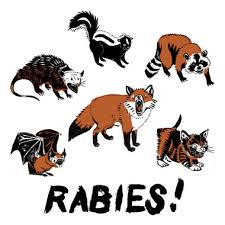
1. General information:
Project title: Research on application of the technique of Shifting assay of Standardized Indirect Agglutination (SSIA) in detection of rabies infection in animals.
Code number: dHh2013-02-32
Coordinator: Pham Hong Son
Implementing institution: Hue University College of Agriculture and Forestry
Cooperating institution(s):
Duration: from 01/2013 to12/2014
2. Objective(s):
2.1. Common objective:
To establish a protocol for detection of rabies virus antigen in saliva fluids of animals having bitten human for suitable suggestion of prophylactive measures to bitten humans.
2.2. Specific objectives:
To determine diagnostic capacity of the method SSIA with dog saliva fluids as clinical specimens.
To determine the presence of rabies virus on domestic dogs (normal and human-attacking) and mouses in the researched region.
3. Creativeness and innovativeness:
Generation of a protocol of a serologia reaction, called SSIA by the author, applicable for detection of rabies virus infection (capable of antigen detection) based on indirect haemagglutination reaction (capable of antibody detection only).
4. Research results:
Testing on the repeatability of the SSIA performance with both rabies vaccine-added antigen-positive and rabies-negative saliva samples diluted in negative saliva fluids as the reaction diluents parallel with the same both samples diluted in physiological solution showed the method reliable, as all 55 samples of rabies antigens (vaccine) diluted in both physiological solution and in normal dogs’ rabies-negative saliva fluids demonstrated the same negative reactions (100% sensitivity) and all 55 negative saliva samples diluted in the pair of the liquids showed the same negative reactions (100% specificity). A protocol of SSIA for rabies virus detection was thus verified and issued with the following main components: rabies antigen-coated Moscovy duck red blood cell suspension (IHA antigen suspension), 4log2 antirabies anti-sera.
The antigen investigation with SSIA showed that from clinically normal dogs reared in the area there were 44 (4,14%) amongst 1064 saliva samples collected in Thua Thien Hue province in 2013 and 2014, and 57 (2,97%) amongst 1919 samples collected in Northern Central Vietnam containing the virus.
The conservation of IHA antigens (virus-coated red blood cell suspensions) under deep cool conditions with anti-freezer CHB1:1 was tested showing that the rabies IHA antigens can be kept at least 3 months but after then the quality becomes unstable, and at 18 months of conservation almost all (4/5) the batches unsuitable for the analysis.
Besides, the titre value of IHA 4log2 was verified as high as at least 0.5 IU/ml determined by virus neutralization that can serve as a sound base for evaluating of vaccination efficacy used the IHA technique.
5. Products:
Article: Phạm Hồng Sơn, Nguyễn Thị Thu Hiền, Võ Thị Tân, Trần Thùy Hoan, Trần Văn An, Nguyễn Đình Thành, Hồ Thị Mỹ Nữ, Trần Quang Vui, Lê Xuân Ánh, 2014. [Detection of rabies virus in saliva fluids and antibodies to the virus in sera of dogs reared in the Northern region of Central Vietnam with SSIA and IHA techniques] (in Vietnamese), Khoa hoc Ky thuat Thu y XXI-8:5-16.
Scientific Report: Research on application of the technique of Shifting assay of Standardized Indirect Agglutination (SSIA) in detection of rabies infection in animals.
Protocol: Procedures of SSIA for rabies virus antigen detection in dog saliva fluids.
Education: 6 persons succesfully defended their MSc theses, while 8 persons completed their BSc final thesis requirements in the field of veterinary.
6. Effects, transfer alternatives of research results and applicability:
Veterinary labs can use the technique of SSIA for detection of rabies prevalence in dogs, and the information on rabies infection derived from this report can be used as cautions for the fighting against rabies in region.
Project title: Research on application of the technique of Shifting assay of Standardized Indirect Agglutination (SSIA) in detection of rabies infection in animals.
Code number: dHh2013-02-32
Coordinator: Pham Hong Son
Implementing institution: Hue University College of Agriculture and Forestry
Cooperating institution(s):
Duration: from 01/2013 to12/2014
2. Objective(s):
2.1. Common objective:
To establish a protocol for detection of rabies virus antigen in saliva fluids of animals having bitten human for suitable suggestion of prophylactive measures to bitten humans.
2.2. Specific objectives:
To determine diagnostic capacity of the method SSIA with dog saliva fluids as clinical specimens.
To determine the presence of rabies virus on domestic dogs (normal and human-attacking) and mouses in the researched region.
3. Creativeness and innovativeness:
Generation of a protocol of a serologia reaction, called SSIA by the author, applicable for detection of rabies virus infection (capable of antigen detection) based on indirect haemagglutination reaction (capable of antibody detection only).
4. Research results:
Testing on the repeatability of the SSIA performance with both rabies vaccine-added antigen-positive and rabies-negative saliva samples diluted in negative saliva fluids as the reaction diluents parallel with the same both samples diluted in physiological solution showed the method reliable, as all 55 samples of rabies antigens (vaccine) diluted in both physiological solution and in normal dogs’ rabies-negative saliva fluids demonstrated the same negative reactions (100% sensitivity) and all 55 negative saliva samples diluted in the pair of the liquids showed the same negative reactions (100% specificity). A protocol of SSIA for rabies virus detection was thus verified and issued with the following main components: rabies antigen-coated Moscovy duck red blood cell suspension (IHA antigen suspension), 4log2 antirabies anti-sera.
The antigen investigation with SSIA showed that from clinically normal dogs reared in the area there were 44 (4,14%) amongst 1064 saliva samples collected in Thua Thien Hue province in 2013 and 2014, and 57 (2,97%) amongst 1919 samples collected in Northern Central Vietnam containing the virus.
The conservation of IHA antigens (virus-coated red blood cell suspensions) under deep cool conditions with anti-freezer CHB1:1 was tested showing that the rabies IHA antigens can be kept at least 3 months but after then the quality becomes unstable, and at 18 months of conservation almost all (4/5) the batches unsuitable for the analysis.
Besides, the titre value of IHA 4log2 was verified as high as at least 0.5 IU/ml determined by virus neutralization that can serve as a sound base for evaluating of vaccination efficacy used the IHA technique.
5. Products:
Article: Phạm Hồng Sơn, Nguyễn Thị Thu Hiền, Võ Thị Tân, Trần Thùy Hoan, Trần Văn An, Nguyễn Đình Thành, Hồ Thị Mỹ Nữ, Trần Quang Vui, Lê Xuân Ánh, 2014. [Detection of rabies virus in saliva fluids and antibodies to the virus in sera of dogs reared in the Northern region of Central Vietnam with SSIA and IHA techniques] (in Vietnamese), Khoa hoc Ky thuat Thu y XXI-8:5-16.
Scientific Report: Research on application of the technique of Shifting assay of Standardized Indirect Agglutination (SSIA) in detection of rabies infection in animals.
Protocol: Procedures of SSIA for rabies virus antigen detection in dog saliva fluids.
Education: 6 persons succesfully defended their MSc theses, while 8 persons completed their BSc final thesis requirements in the field of veterinary.
6. Effects, transfer alternatives of research results and applicability:
Veterinary labs can use the technique of SSIA for detection of rabies prevalence in dogs, and the information on rabies infection derived from this report can be used as cautions for the fighting against rabies in region.
Author: Pham Hong Son
Key: general information, project title, research on, application of, the technique, of shifting, assay of, standardized indirect, agglutination ssia, in detection, of rabies, infection in, animals code, number dhh2013-02-32, coordinator pham, hong son, implementing institution, hue university, college of, agriculture and, forestry cooperating
Newer articles
Older articles
HUAF tries its best to become as the prestigious university. Additionally, HUAF always makes great efforts in training to provide localities and enterprises with qualified human resources. It is highly appreciated as a good center in science and technology to contribute the development of socio- economics to the whole country in integration tendency.
- Online48
- Today22,189
- This month319,553
- Total15,652,750

